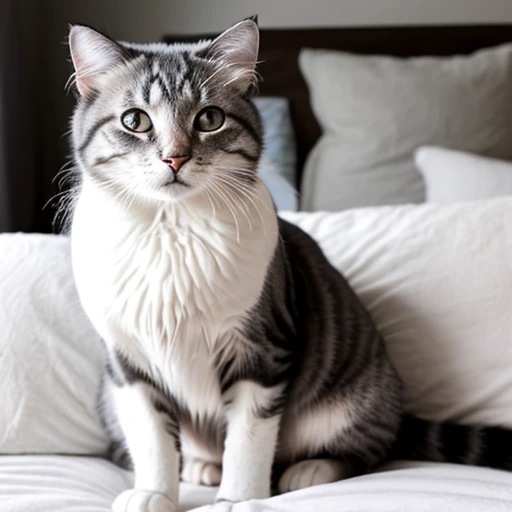Your Complete Guide To Cat Hairballs: Info & How To Help

Owning a cat is both a privilege and a joy. But as with all things in life, there are a few hiccups along the way – quite literally when it comes to hairballs. Every cat owner has likely encountered these unpleasant clumps at some point. Understanding them and knowing how to manage them is crucial for your feline friend's well-being. Let's dive deep into the world of cat hairballs, providing you with all the knowledge you need.
Understanding Cat Hairballs
Cats are self-groomers, and in the process, they tend to ingest some of their own fur. Most of this fur usually passes through the digestive system without any issues. However, sometimes, the fur accumulates in the stomach, forming clumps known as hairballs.
Preventing and Treating Cat Hairballs
Groom Regularly
Why It Matters:
Routine grooming can drastically reduce the amount of loose fur your cat might ingest.
How to Do It:
For long-haired cats, daily grooming might be necessary. For short-haired varieties, a few times a week should suffice. Use a brush suitable for your cat's fur type and length.
Dietary Adjustments
Why It Matters:
Diet plays a pivotal role in managing hairballs. Proper nutrition can aid in the easy passage of ingested fur.
How to Do It:
Consider introducing specialized cat foods designed to combat hairballs. These usually contain fibers that help move the fur through the digestive system.
Introduce Cat Grass
Why It Matters:
Cat grass can provide your feline friend with dietary fiber, promoting healthy digestion.
How to Do It:
It's easy to grow cat grass indoors, available in BPA-free containers. This organic fiber source can help naturally manage hairballs, plus it adds a touch of nature to your living space.
Cleaning Up After Hairballs: The Right Way
Despite best efforts, you might occasionally encounter a hairball.
How to Do It:
Start by scooping up as much of the mess as possible using a paper towel. Dispose of it in a sealed bag. For any residual stains or odors, use an enzyme cleaner. Place a clean cloth over the cleaned area and let it sit overnight for best results.
Start by scooping up as much of the mess as possible using a paper towel. Dispose of it in a sealed bag. For any residual stains or odors, use an enzyme cleaner. Place a clean cloth over the cleaned area and let it sit overnight for best results.
Recognizing Hairball Symptoms: When to Seek Help
Hairballs are usually harmless. However, there are instances where they might indicate a bigger issue.
Symptoms to Watch For:
Continuous retching without producing a hairball, changes in digestion, lethargy, or a swollen belly. In such cases, it's vital to consult with your veterinarian. These signs could be an indication of potential blockages or other health concerns.
Continuous retching without producing a hairball, changes in digestion, lethargy, or a swollen belly. In such cases, it's vital to consult with your veterinarian. These signs could be an indication of potential blockages or other health concerns.
Managing hairballs is an essential aspect of cat care. By employing a mix of regular grooming, dietary changes, and natural remedies, you can reduce hairball occurrences. Stay consistent and patient in your efforts, and you'll find yourself building a stronger bond with your feline companion. After all, a happy cat means a happy owner.